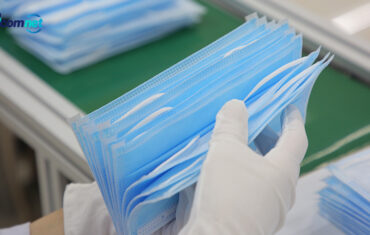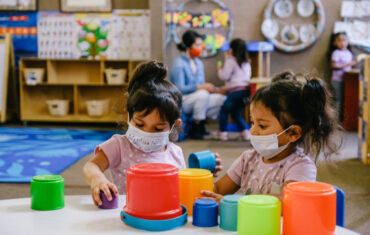The COVID-19 Pandemic has a lot of people intensively searching for available hand sanitizers in grocers and in online stores. Because of the sudden need to frequently clean and disinfect the hand, the demand for hand sanitizers has caught up with the supply of manufacturers. Therefore, thousands of alcohol manufacturers and distilleries globally are lending a hand to sustain need.
If you want to know how to make a good quality hand sanitizer, you must follow the manufacturing guidelines of the World Health Organization (WHO) and the Food and Drug Association (FDA). Then, these authoritative guidelines walk you through the process for the production of liquid hand gels and foams to be marketed as a consumer hand hygiene product. Besides, the key to making consumer antiseptic hand rubs is that it must contain at least 60% alcohol in order to be effective at killing Coronavirus.
The manufacture of hand sanitizers:
- Preparation of formulation for a batch size mixing.
- Hand sanitizer ingredients mixing process.
- Packaging process which involves three separate processes: Filling, Capping and Labeling
The Process
One of the key steps in the manufacturing process is preparation of the gel. Obtaining an agglomerate-free dispersion is essential to ensure a clear, bright gel after neutralization. Some formulations include surfactants and moisturizers such as glycerine to protect the skin and prevent drying out the skin. Therefore, these may make up a small proportion of the overall formulation so the mixing system must be capable of dispersing them uniformly throughout the product.
Active ingredients such as:
- Ethyl Alcohol
- Isopropyl Alcohol
- Benzalkonium Chloride
The most important sanitizing ingredient is Ethyl or Isopropyl alcohol at a very high concentration, say at 96% (WHO). This is to ensure that when mixed with the solution, the final product would be around 70 to 80% concentration, as required by the FDA and CDC.
Moreover, hand sanitizer manufacturing in an FDA-regulated factory requires a high level of precision in its formulation, mixing and filling processes. To achieve quality and batch-to-batch consistency, third party also tests and in-house testing are performed.
Hand Sanitizer Mixer
This is the equipment used for mixing the ingredients. This can be a Vacuum Emulsifier, High Shear Mixer or a Powder-liquid Disperser Mixer which can make small to large batches of hand sanitizer solution.
Hand Sanitizer Filling Machine
This is a machine used for accurately filling container bottles for hand sanitizers.
Hand Sanitizer Capping Machine
An automated machine, capping machines can automatically cap bulk hand sanitizer containers in a matter of an hour.
Hand Sanitizer Labeling Machine
Finally, labeling machines can accurately put a brand or emboss a name on your containers. A variety of options include Pressure Sensitive Labeler, Optical Laser Printing Machine, Inject Printing Machine






